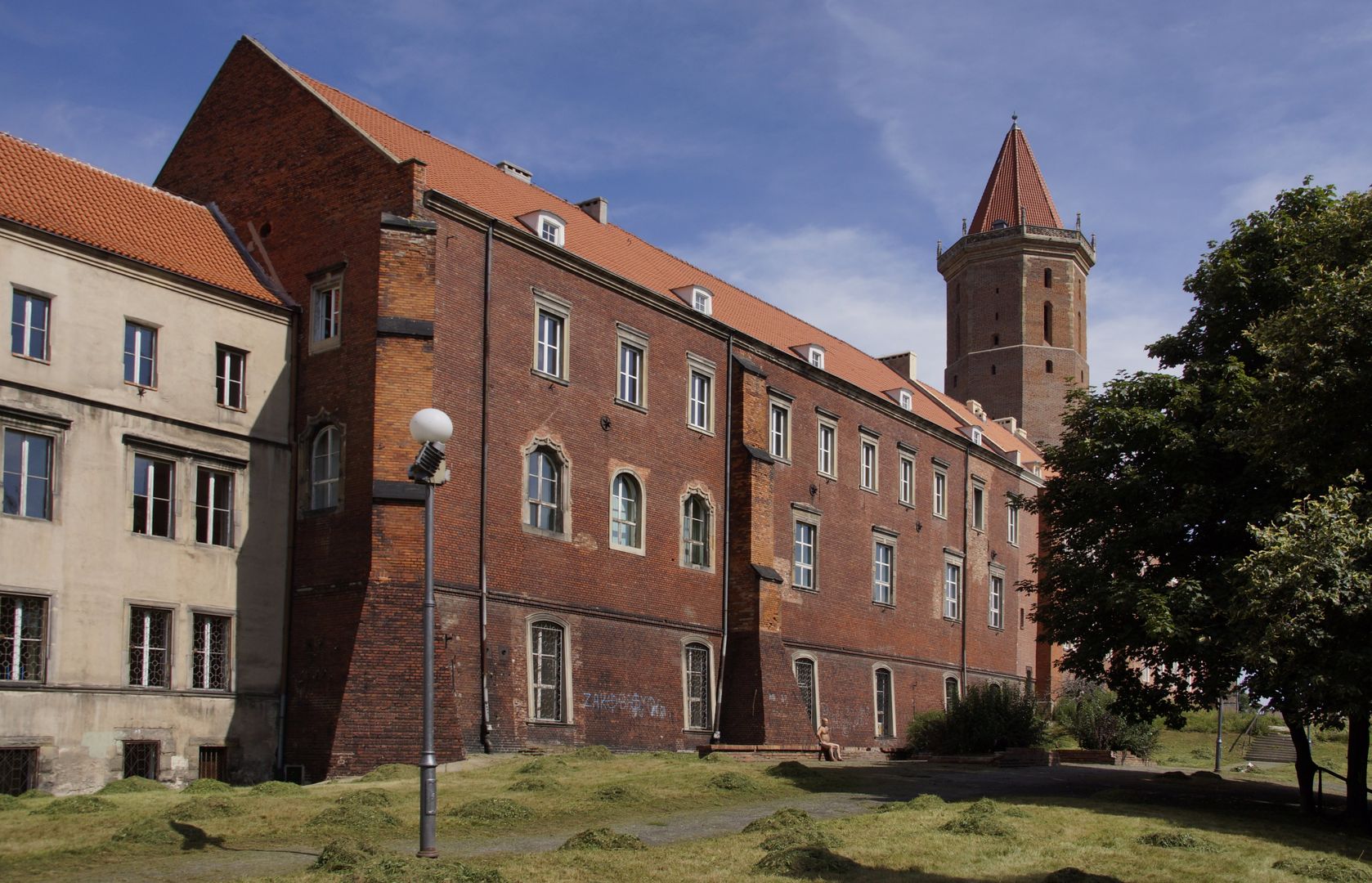Piast Castle in Legnica
6.39

Overview
The Piast Castle in Legnica is one of the oldest and most important strongholds in Polish lands. It was built by Duke Bolesław I the Tall in the second half of the 12th century and expanded by Henry the Bearded in the first half of the 13th century. Its history dates back to the stronghold of the Trzebowian tribe, which was transformed into a masonry castle during the reign of Mieszko I around 985. The castle underwent numerous reconstructions, allowing it to adapt to changing architectural styles—from Romanesque, through Gothic and Renaissance, to Baroque and Neo-Gothic. Key elements of the castle include the palatium, built in the Romanesque style and later rebuilt in the Gothic style in the 15th century, as well as the defensive towers of St. Peter and St. Hedwig, which are among the earliest structures of their kind in Poland. The castle played a crucial administrative and defensive role, notably resisting Mongol invasions in 1241. Culturally, it served as a venue for gatherings and significant events, such as the lavish wedding of Duke Henry XI and visits by prominent figures, including Sigismund Jagiellon. In the 19th century and after fires in the 20th century, the castle was repeatedly restored. Today, it houses several schools. Interesting legends associated with the towers, including tales of Duchess Hedwig and the disobedient knight Otto von Hohen, add a mysterious dimension to this historic structure. Since 2009, revitalization efforts have been underway, with plans to open the towers to visitors. The Piast Castle is not only a vital part of Polish history but also a testament to rich architectural heritage and a place that inspires numerous legends and stories.
Location
Country
2025 Wizytor | All Rights Reserved